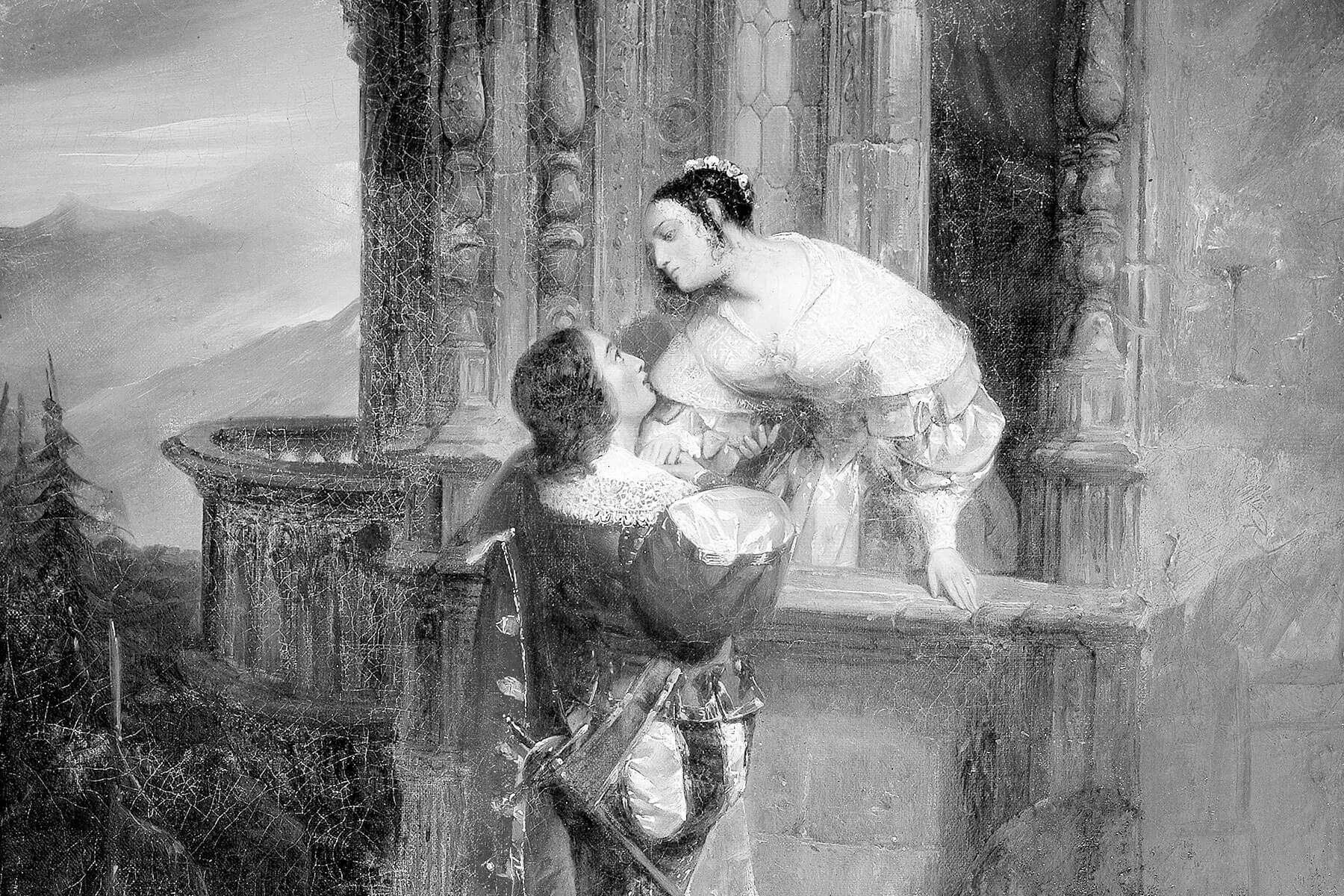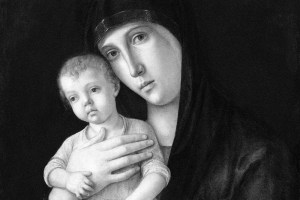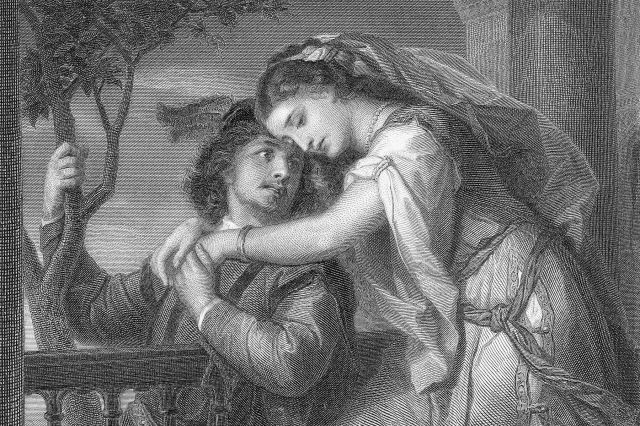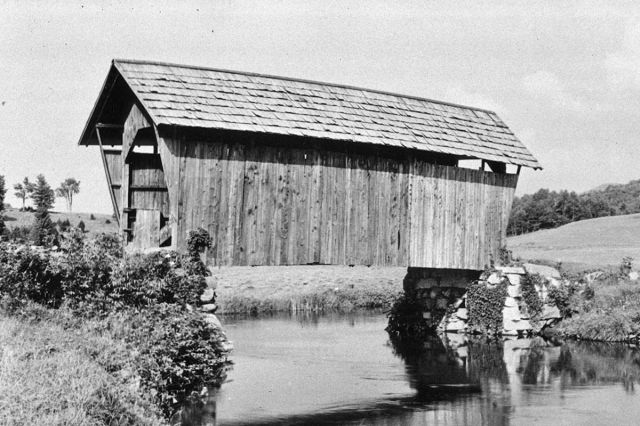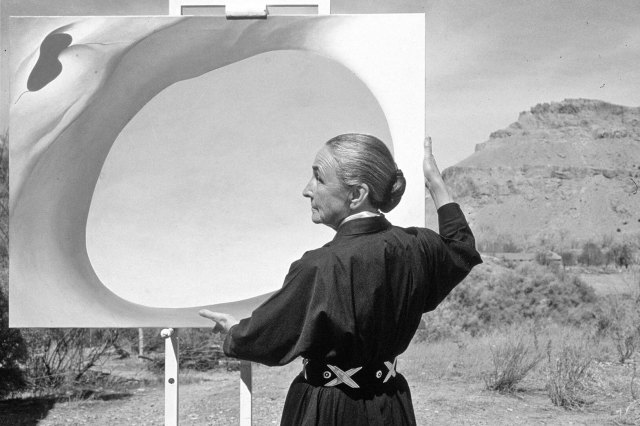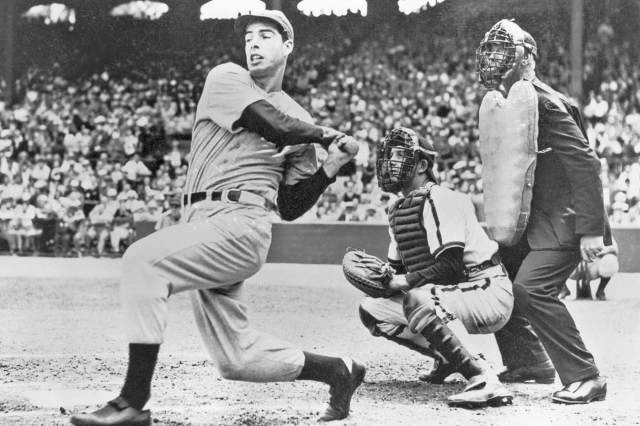Were Romeo and Juliet Real?
William Shakespeare’s timeless tragedy Romeo and Juliet first appeared in print in 1597. The play’s famous prologue presents a compelling tale about “a pair of star-crossed lovers [who] take their life” because of an “ancient grudge” between their households. It’s a captivating story of forbidden love that endures as one of the Bard’s most popular plays, inspiring countless iterations in theater and film. The story centers around the lovestruck Romeo and beautiful Juliet — two of the most famous characters in popular culture to this day. But were these young lovers based on real people?
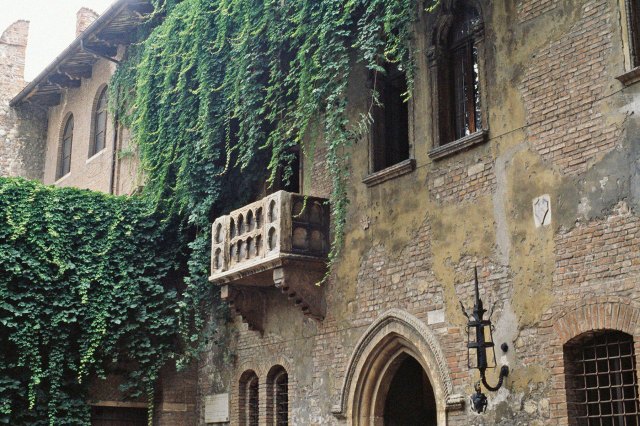
The Capulets and Montagues May Be Based on Real Families
Though historians generally agree that Juliet Capulet and Romeo Montague were fictional characters, it’s possible that their feuding houses were based on real families in Verona, Italy, where Shakespeare set his famous tragedy. Today, travelers to Verona can visit landmarks around the city that may have inspired the playwright and his predecessors, including two residences billed as the Montague and Capulet homes, as well as Juliet’s tomb at the Franciscan monastery outside Verona. The veracity of these claims varies, however: While the monastery has been identified as the setting referenced in the final act of Shakespeare’s play, the tomb is a symbolic representation of the fictional Juliet’s burial place. The site now known as La Casa di Giulietta (Juliet’s House), meanwhile, is a 13th-century home that belonged to the Dal Cappello (commonly known as Cappelletti) family, who some historians believe may have inspired Shakespeare’s Capulets. In fact, the Bard borrowed the names of his “two households” from Dante’s Divine Comedy, an Italian narrative poem composed in the early 14th century. Dante’s poem is one of the earliest texts to reference the Montecchi and Cappelletti families (Italian equivalents for the names “Montagues” and “Capulets”), who were real-life rival political factions in the 13th century.





